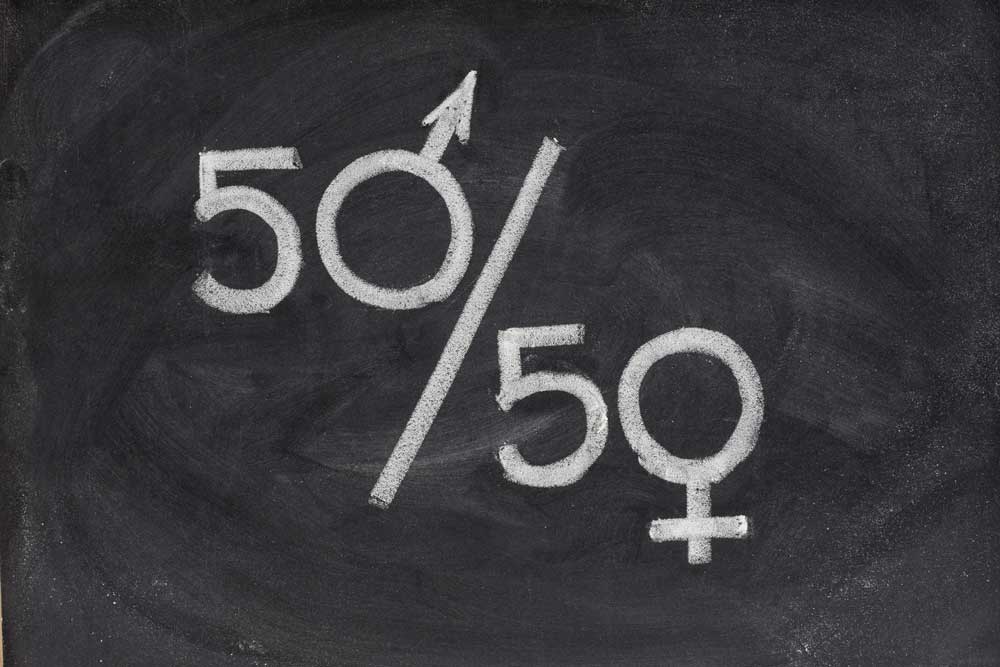Incidents of rape and sexual assault are reported once every 16 minutes in India. The recent and tragic rape and murder of a 31-year-old postgraduate doctor from Kolkata has caused widespread indignation and outrage, following which, medical professionals countrywide protested. They called for justice for the victim, as well as a law guaranteeing the protection of all resident doctors in colleges and hospitals.

According to a recent study, women presently lead just nine out of 46 associations under the IMA - India's largest and oldest professional medical body, indicating a ‘negligible’ participation in its leadership. According to a group of experts, including those from The George Institute for Global Health, New Delhi, only one of the 92 presidents of the Indian Medical Association (IMA) since its founding in 1928 has been a woman. They examined the leadership pattern of all major medical and surgical specialties as well as the Indian Public Health Association (IPHA), among other professional medical associations.

According to the authors of the study published in the journal PLoS Global Public Health, there is still unequal gender representation even in medical associations that are closely related to women's health, such as obstetrics and gynaecology, paediatrics, and neonatology. This indicates strong male dominance in these fields.
The authors of the study found out that in the 73-year history of The Federation of Obstetric and Gynaecological Societies of India, only 15 per cent of past presidents were women, and the National Neonatology Forum has only one woman on its leadership committee.
Established in 1928, the IMA is a voluntary organisation comprising 3.5 lakh doctors practicing modern medicine. In addition to advancing public health education and modern medicine, it also involves representing the interests of doctors and guaranteeing the welfare of the larger community.
Examining the sub-chapters of the IMA, which are local organisations or branches spread throughout 28 states and four Union Territories, the authors discovered that ‘of the 64 people presently holding the positions of president and secretary of 32 IMA sub-chapters, only three (4.6 per cent) are women.’
The findings are in line with global studies that exposed a ‘leaky pipeline,’ ─ despite the fact that more women are joining the medical industry than ever before, very few make it to leadership positions.

The researchers issued a warning, stating that the imbalanced gender representation within professional medical societies is a serious concern since it may result in an agenda that is not balanced enough to meet the health and safety needs of women.
They declared that there is an immediate need for coordinated measures to overcome gender disparities in medical associations. They also emphasised that establishing women-only chapters inside organisations is insufficient to effectively address this issue as women make up only 5.5 per cent of the IMA's leadership.
Image source: Medicircle